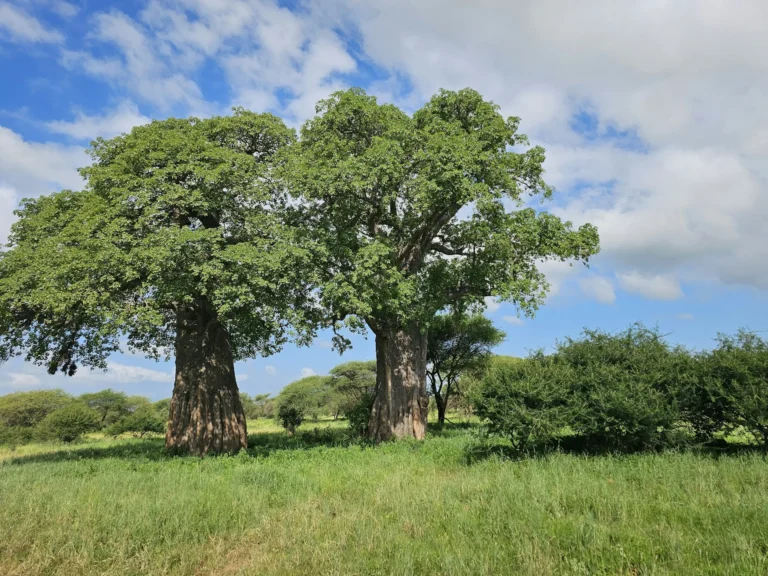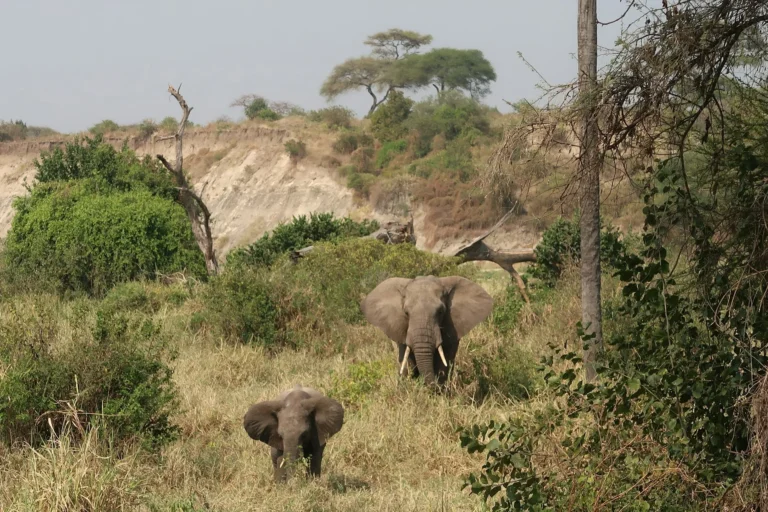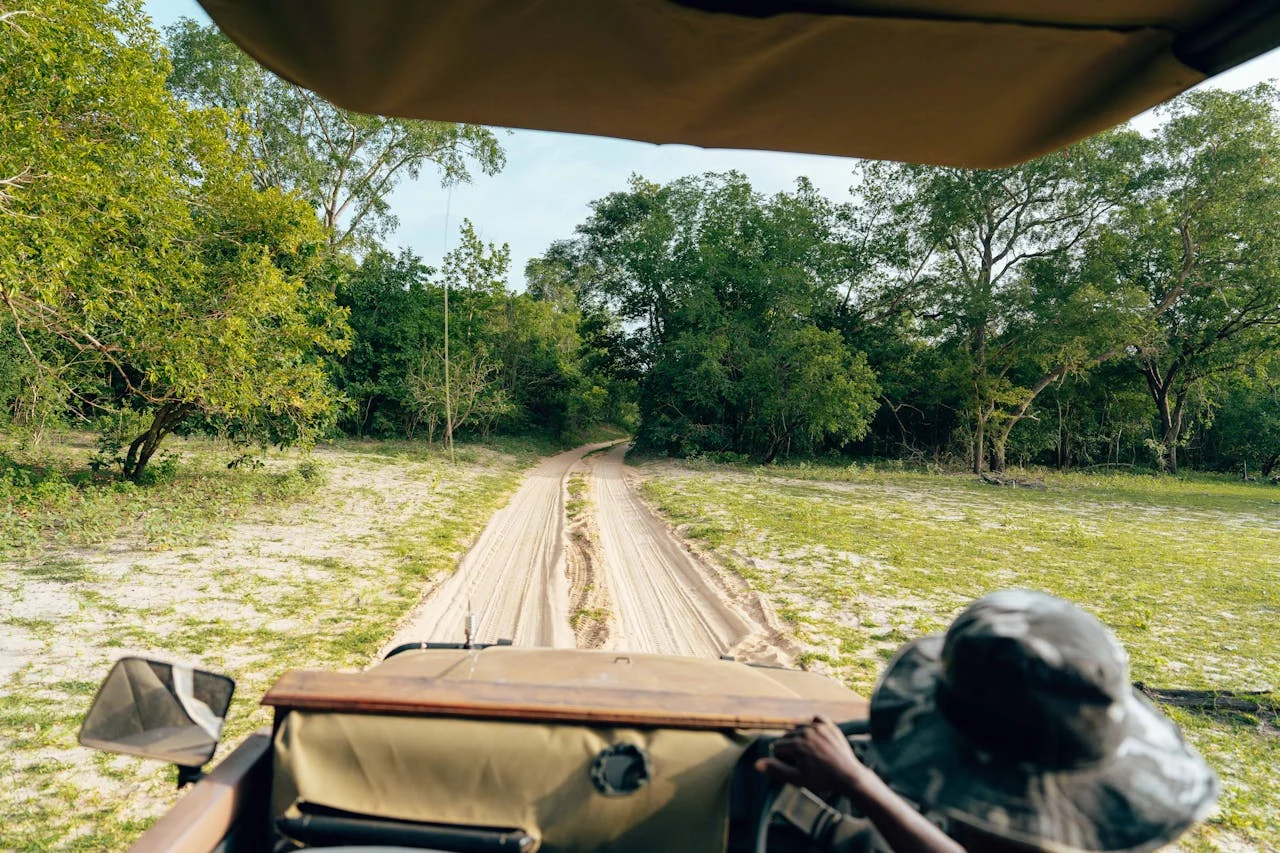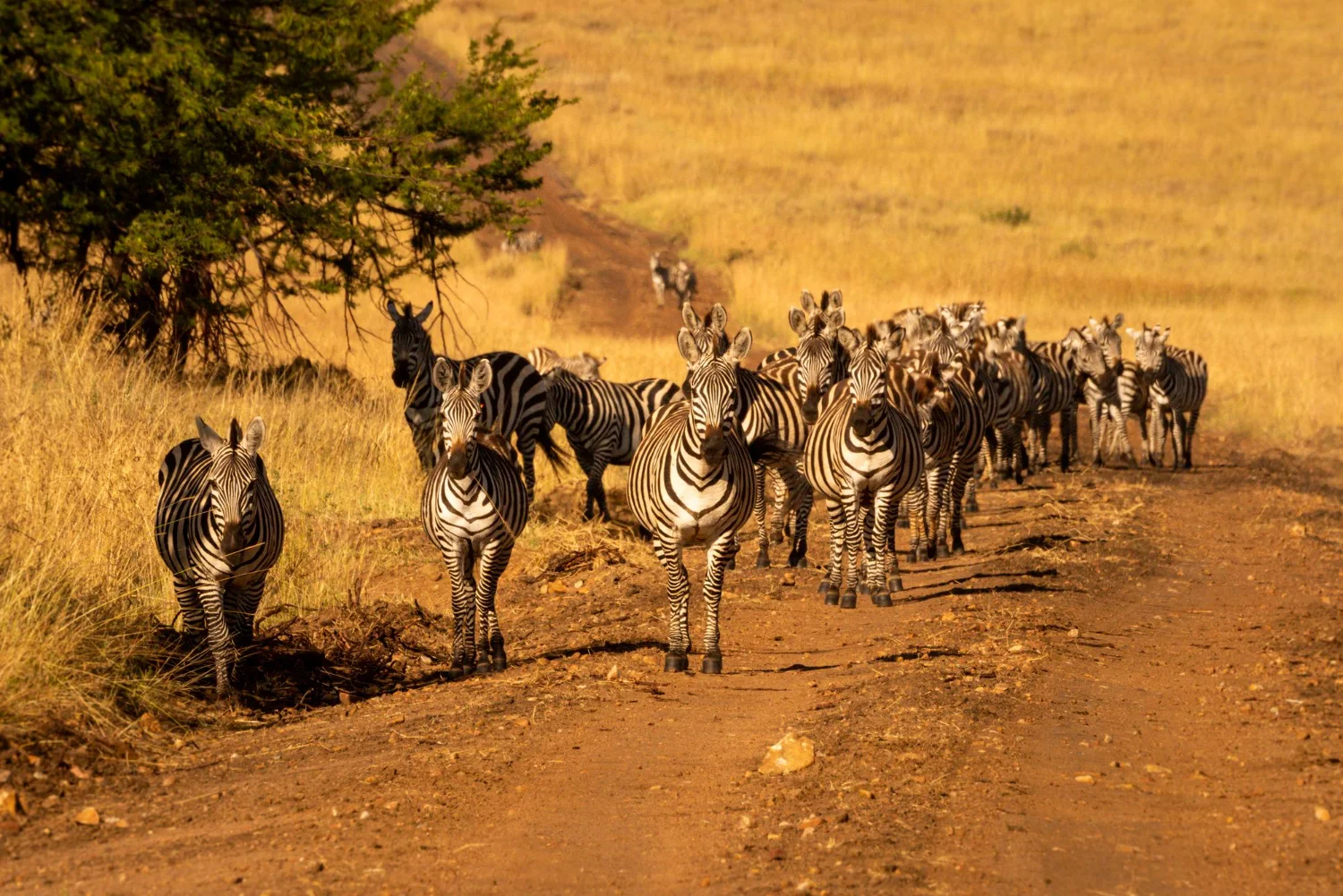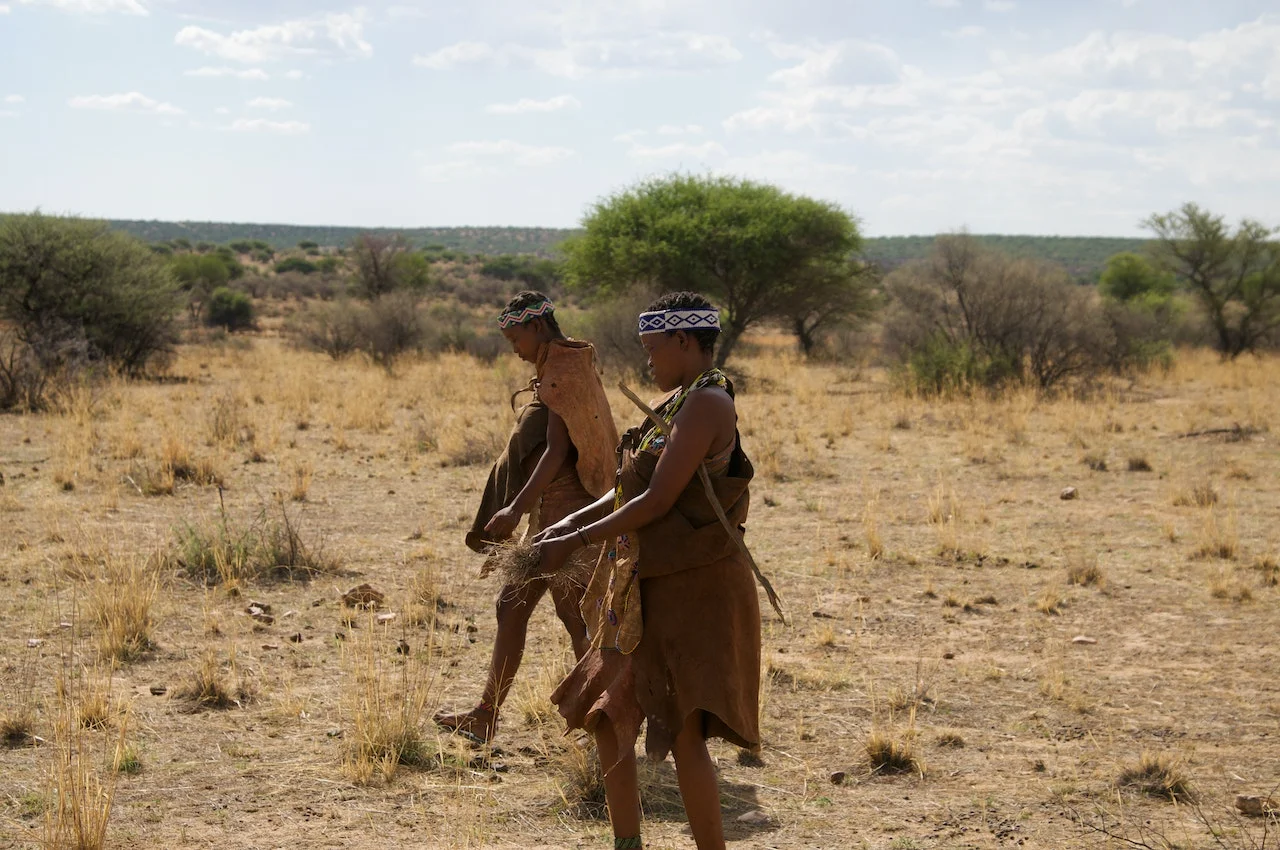Full Destination Details
Location & Landscape
Tarangire lies just 118km southwest of Arusha, making it an ideal first stop on northern circuit safaris. The park’s diverse habitats include:
Key Features
- Tarangire River – The park’s lifeline, attracting thousands of animals in dry season.
- Silale Swamp – Permanent wetlands that draw wildlife year-round.
- Baobab studded plains – These “upside-down trees” create iconic African scenery.
- Termite mounds – Some over 5 meters tall, used as lookout posts by animals.
Why It’s Special
- Only northern park allowing night game drives (at selected lodges).
- Home to rare dry-country species like fringe-eared oryx.
- Less crowded than Serengeti or Ngorongoro.
Highlights to Look for in Tarangire
Tarangire’s wildlife concentrations rival the Serengeti during dry season (June-October):
Iconic Species
- Elephants – Up to 300 gather at waterholes, including enormous tuskers.
- Baobab trees – Some specimens are over 1,000 years old.
- Lions – Often seen resting in tree branches like their Lake Manyara cousins.
Rare Sightings
- African wild dogs – Endangered but occasionally seen.
- Kori bustards – World’s heaviest flying bird.
- Fringe-eared oryx – Beautiful desert-adapted antelope.
Birdlife Highlights
- Yellow-collared lovebirds – Endemic to this region.
- Ashy starlings – Only found in Tarangire ecosystem.
- Vultures – Six species gather at kills.
Best Time to Visit
| Season | Highlights | Considerations |
|---|---|---|
| Dry (Jun-Oct) | Peak wildlife at waterholes | Dusty conditions |
| Green (Nov-May) | Beautiful scenery, birdlife | Some roads impassable |
Guide Tip: “September offers the best elephant viewing when herds congregate near the river.”


